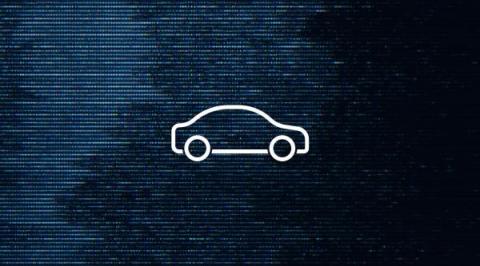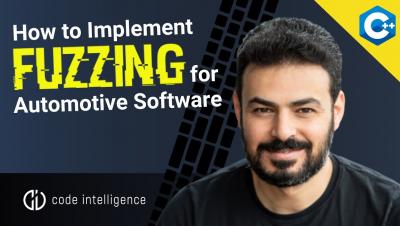Fuzzing beyond Cybersecurity | FuzzCon Europe - Automotive Edition 2022
In their talk, René Palige and Rosemary Joshy from Continental will share some insights on how they utilized fuzzing to improve overall software quality and how this can be integrated into existing verification and validation processes. They will further describe some of their experiences while applying coverage-guided fuzzing in ongoing automotive projects, what challenges they faced and how they overcame them.










